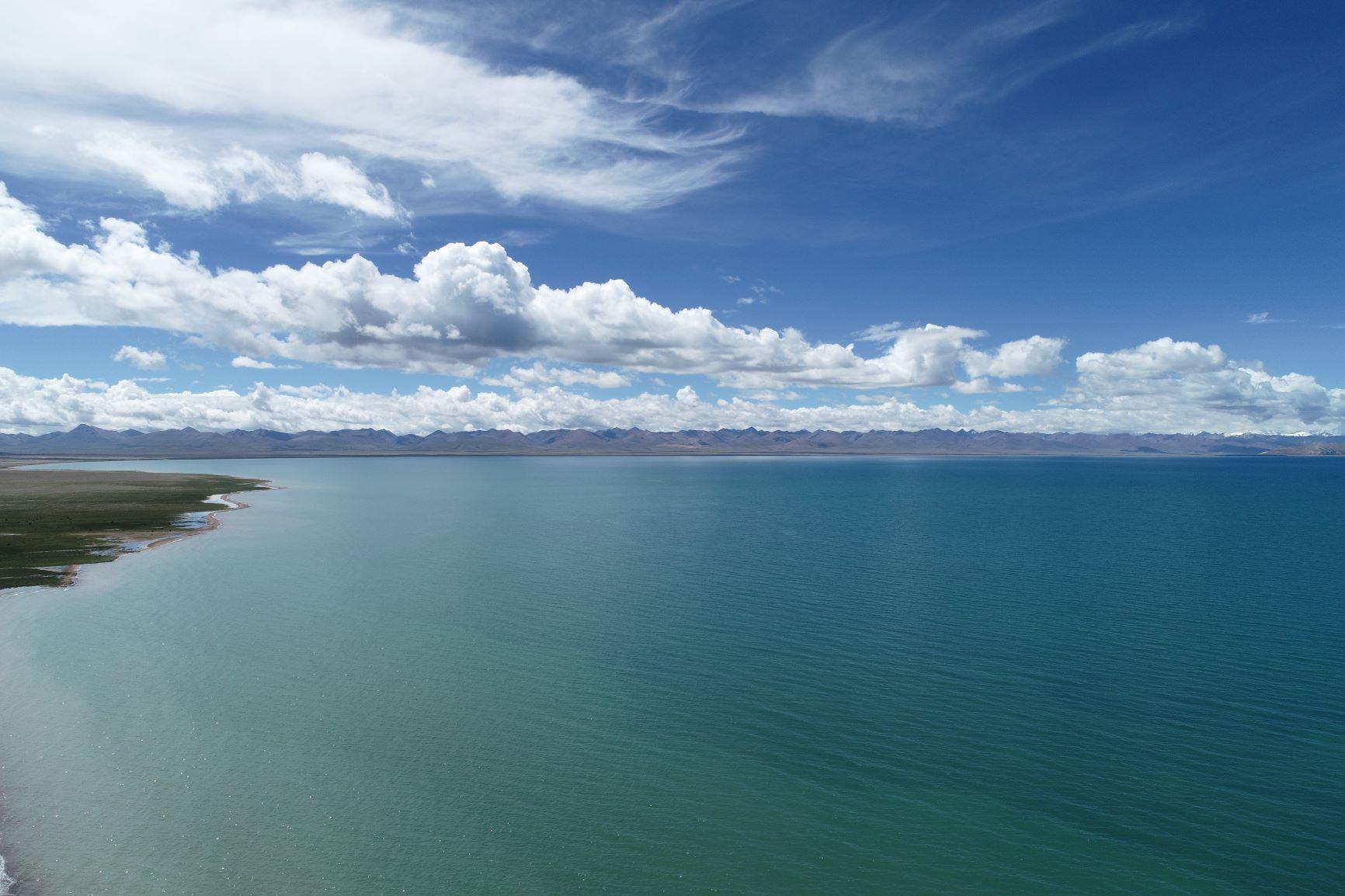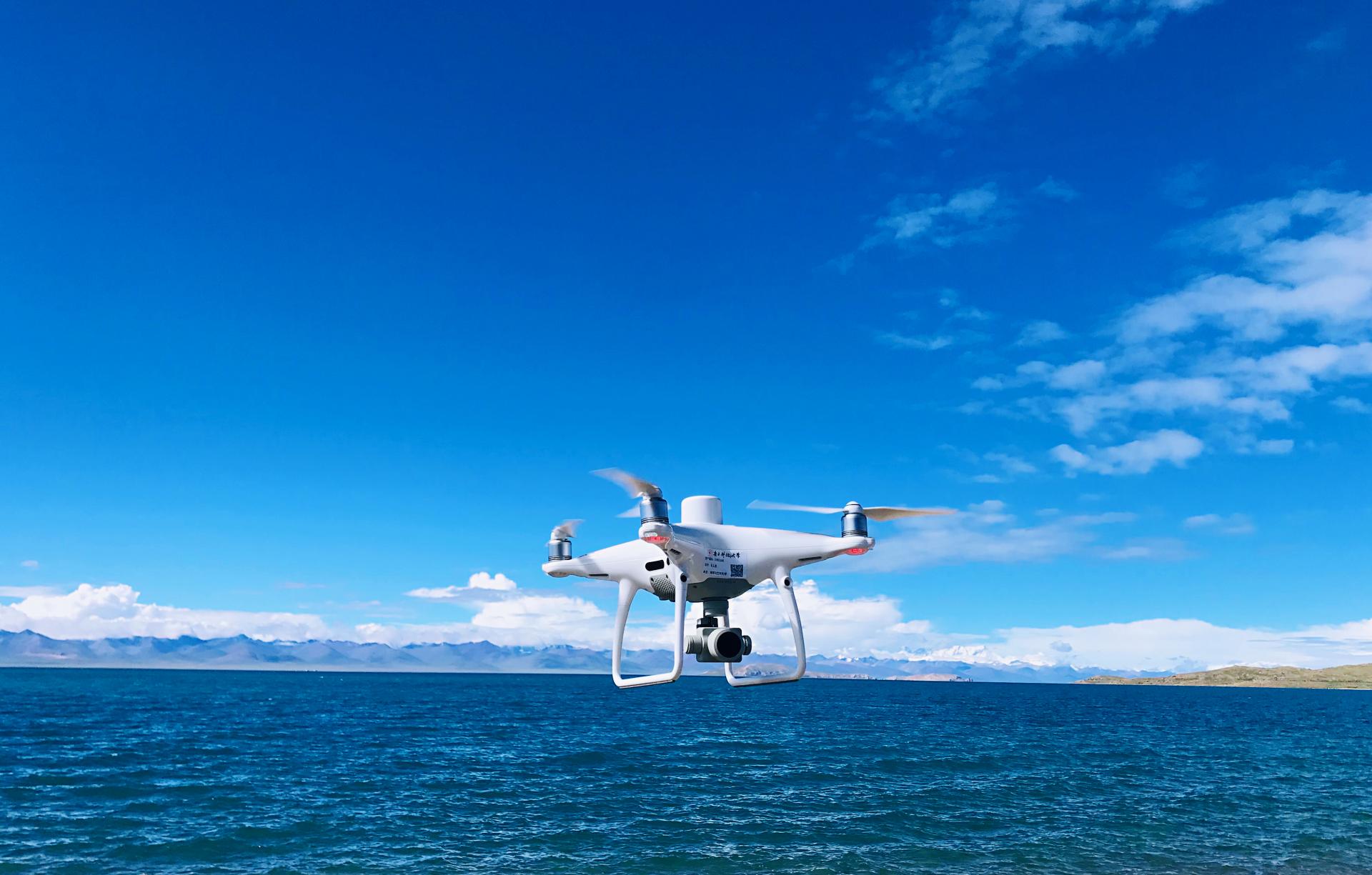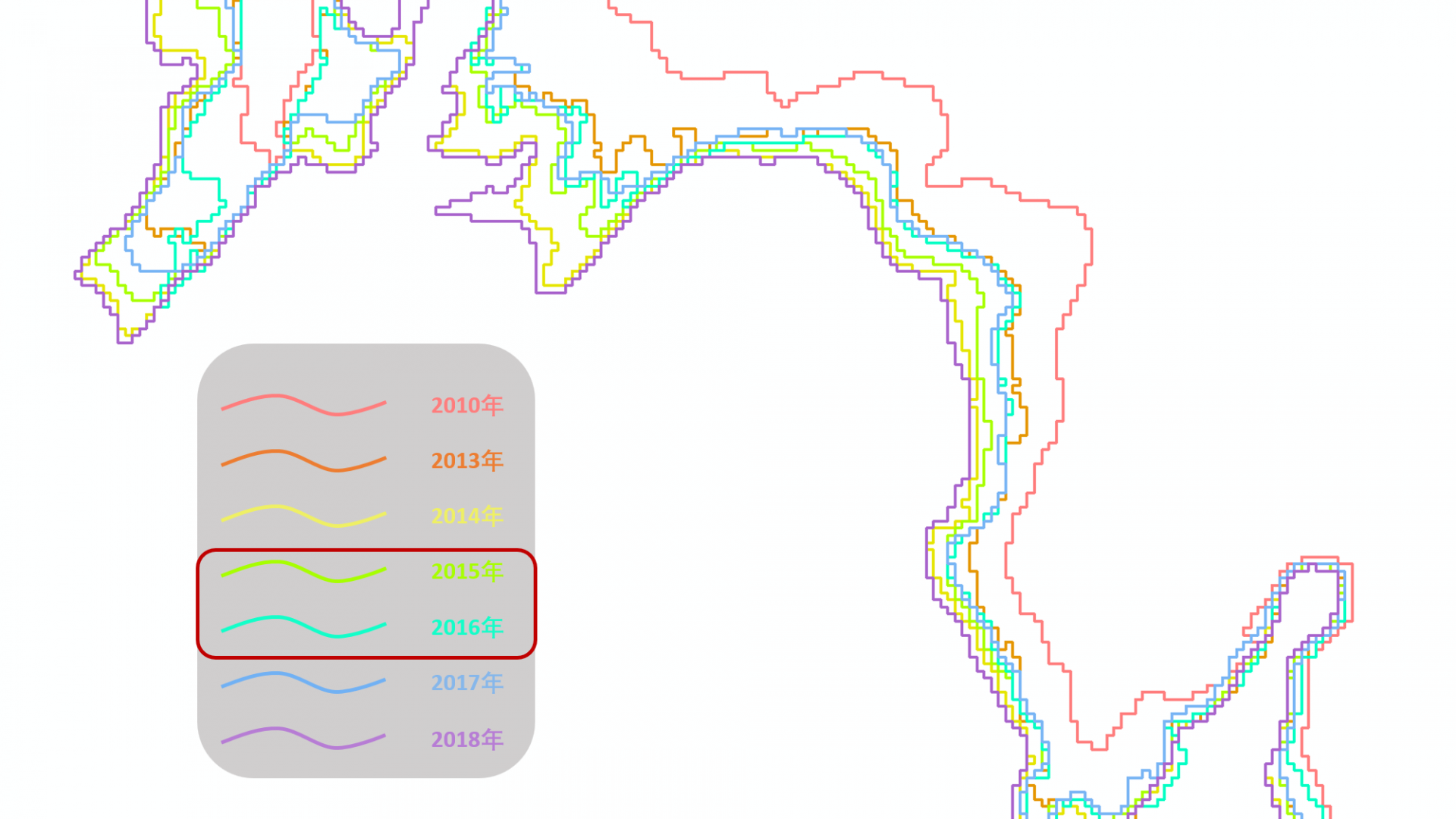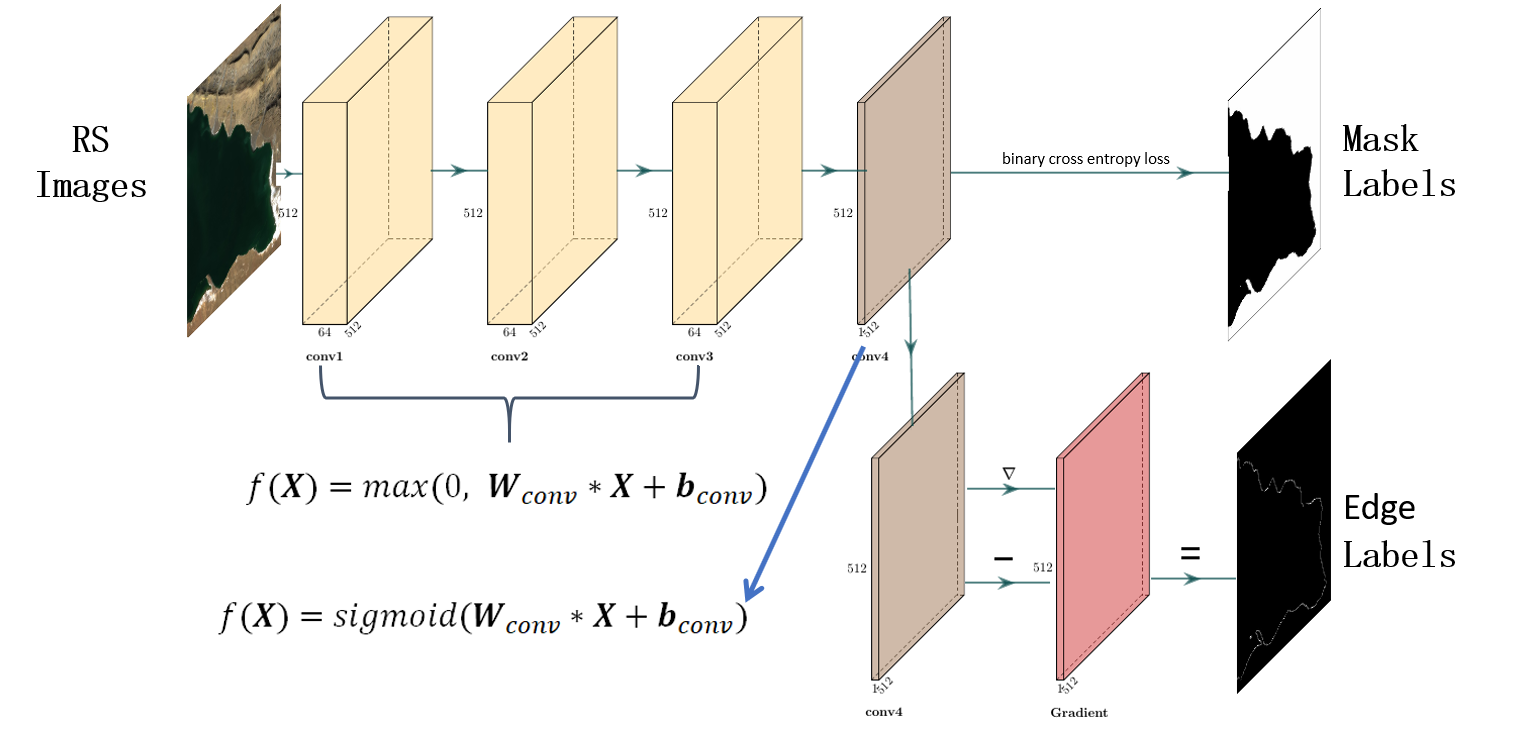ESS studies impact of climate change on Qinghai-Tibet Plateau
2020-09-10
Assistant Professor Jiangjun RAN (Earth and Space Sciences) recently led his research group to the Qinghai-Tibet Plateau. They went to study the impact of climate change on lakes and glaciers in the region. They also took the opportunity to assess the use of artificial intelligence (AI) for climate change research.

The research team covered Siling Lake, Lake Namtso, Yamdrok Lake, and Kharola Glacier. In recent decades, due to climate change, Siling Lake has expanded rapidly. It has now surpassed Lake Namtso and became the largest saltwater lake in China. The scientists believe that the research on Qinghai-Tibet Plateau will provide insights and values for the global climate change.

The researchers used GPS data, in conjunction with ancient shorelines data and glacier drone imagery, to evaluate the results of deep learning neural networks. It will help apply AI technology to global climate change research. They used their self-designed algorithm to extract regional features in their drone images. That allowed for each geographic layer to be extracted and used efficiently.
Their technique meant that the algorithm and neural network could extract data that understood different geographic information at the same time. Their experimental results and the measured data were highly accurate, reflecting the robustness of their algorithm, designed to understand remote sensing images.

The research group uses a self-designed neural network algorithm for boundary extraction from remote sensing images. It uses lightweight convolutional layers to extract regional features in remote sensing images so that each layer feature can be efficiently used. The research team also designed a boundary gradient change analysis module so that the neural network can perform multiple boundary extraction tasks simultaneously. The comparison between the obtained experimental results and the measured data shows that the artificial neural network model has high accuracy and good robustness for accurate and intelligent recognition of remote sensing.


The study analyzed the temporal and spatial changes in the lakes over the last fifty years. Siling Lake has expanded in size but reduced in volume between 2015 and 2016. It is believed that the El Niño effect may have caused this change. Long-term changes in water volume and lake areas can provide evidence for the impact of climate change on the Qinghai-Tibet Plateau and in other areas across the globe.
The Department of Resources and Civil Engineering at the University of Tibet (UTibet) provided significant support for the expedition.




